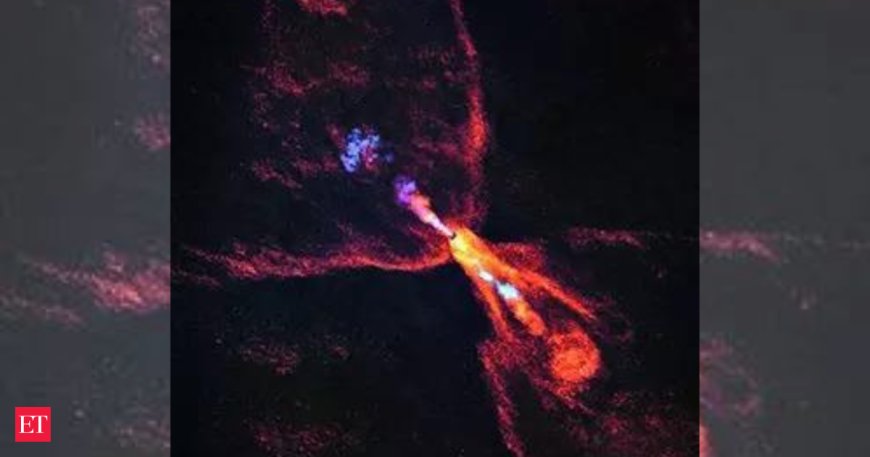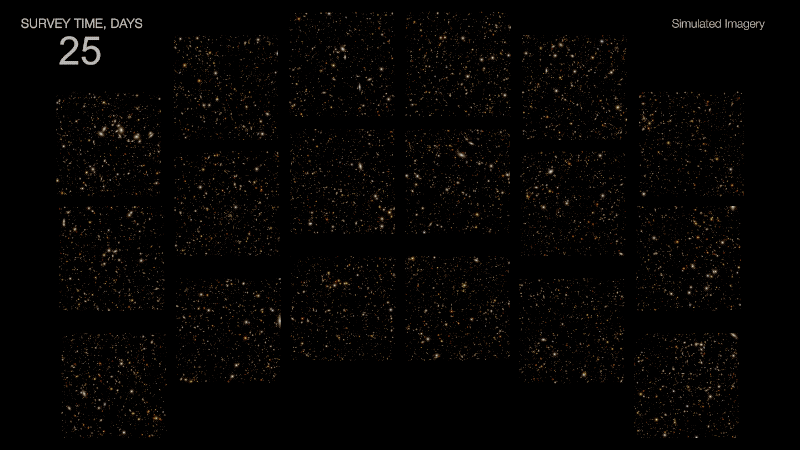Astronomers Witness Solar System Formation Around Young Star HOPS-315
Scientists have observed the first solid materials forming around a young star called HOPS-315, marking the earliest stage of planet formation seen outside our solar system. This discovery using the James Webb Space Telescope and ALMA may shed light on how our own solar system came into existence.

For the first time, scientists have observed planets forming around a star other than our sun. Researchers used the James Webb Space Telescope and ALMA to observe planet-building material forming near the young star. This stunning discovery may help us understand how our own solar system formed 4.6 billion years ago. Astronomers have observed the first solid materials forming around a young star known as HOPS-315, the earliest stage of planet formation ever seen outside of our solar system. The emergence of a planetary system that may eventually resemble the solar system has been observed by astronomers. The team was able to determine when the young star HOPS-315, which is about 1,300 light-years away, started to form the specks of material that will eventually form planets. Data from the Atacama Large Millimeter/submillimeter Array (ALMA), a network of 66 radio telescopes situated in the northern Chilean desert, and observations from the James Webb Space Telescope (JWST) enabled the discovery, as per a report by Space. Melissa McClure, a professor at Leiden University in the Netherlands and the study's lead author, says, \"For the first time, we have identified the earliest moment when planet formation is initiated around a star other than our Sun.\" The study was published in Nature today. \"We're seeing a system that looks like what our Solar System looked like when it was just beginning to form,\" says co-author Merel van 't Hoff, a professor at Purdue University in the United States, who likens their findings to \"a picture of the baby Solar System.\" The team's findings were released in the journal Nature on Wednesday, July 16, as per a report by ESO. Around HOPS-315, a \"proto\" or baby star that is located about 1300 light-years away from us and is comparable to the young Sun, this newborn planetary system is beginning to form. Astronomers frequently observe \"protoplanetary discs,\" which are discs of gas and dust that are the birthplaces of new planets, around such baby stars. But in order to observe the birth of these new \"exoplanets,\" or extrasolar planets, astronomers had to detect protoplanetary disks earlier. Inside meteorites that have fallen to Earth, scientists can find a clue about what they should be searching for in these disks in their early stages. Meteorites are pieces of asteroids that formed during the formation of our solar system's planets 4.6 billion years ago. Meteorites, like those found in the protoplanetary disk around the sun during the early solar system, are rich in crystalline minerals that contain silicon monoxide, which condenses at high temperatures. The team found evidence of hot minerals condensing in the protoplanetary disk whirling around HOPS-315. They specifically found silicon monoxide in crystalline materials and as a gas surrounding this young star. This process has never been observed outside of our solar system or in a protoplanetary disk. Astronomers have discovered evidence that these hot minerals are starting to condense in the disc around HOPS-315. According to their findings, SiO is found both inside these crystalline minerals and surrounding the baby star in its gaseous state, indicating that it is only now starting to solidify. This process has never been observed outside of our Solar System or in a protoplanetary disc. By acting as a stand-in for young solar systems throughout the galaxy, the disc of HOPS-315 offers astronomers a fresh chance to investigate early planet formation and a fantastic analog for researching our own cosmic history. They discovered early signs of solid materials, which are the basic building blocks of planets. It helps scientists understand how planets like Earth might have formed billions of years ago.
What's Your Reaction?
 Like
0
Like
0
 Dislike
0
Dislike
0
 Love
0
Love
0
 Funny
0
Funny
0
 Angry
0
Angry
0
 Sad
0
Sad
0
 Wow
0
Wow
0




















































































































































































